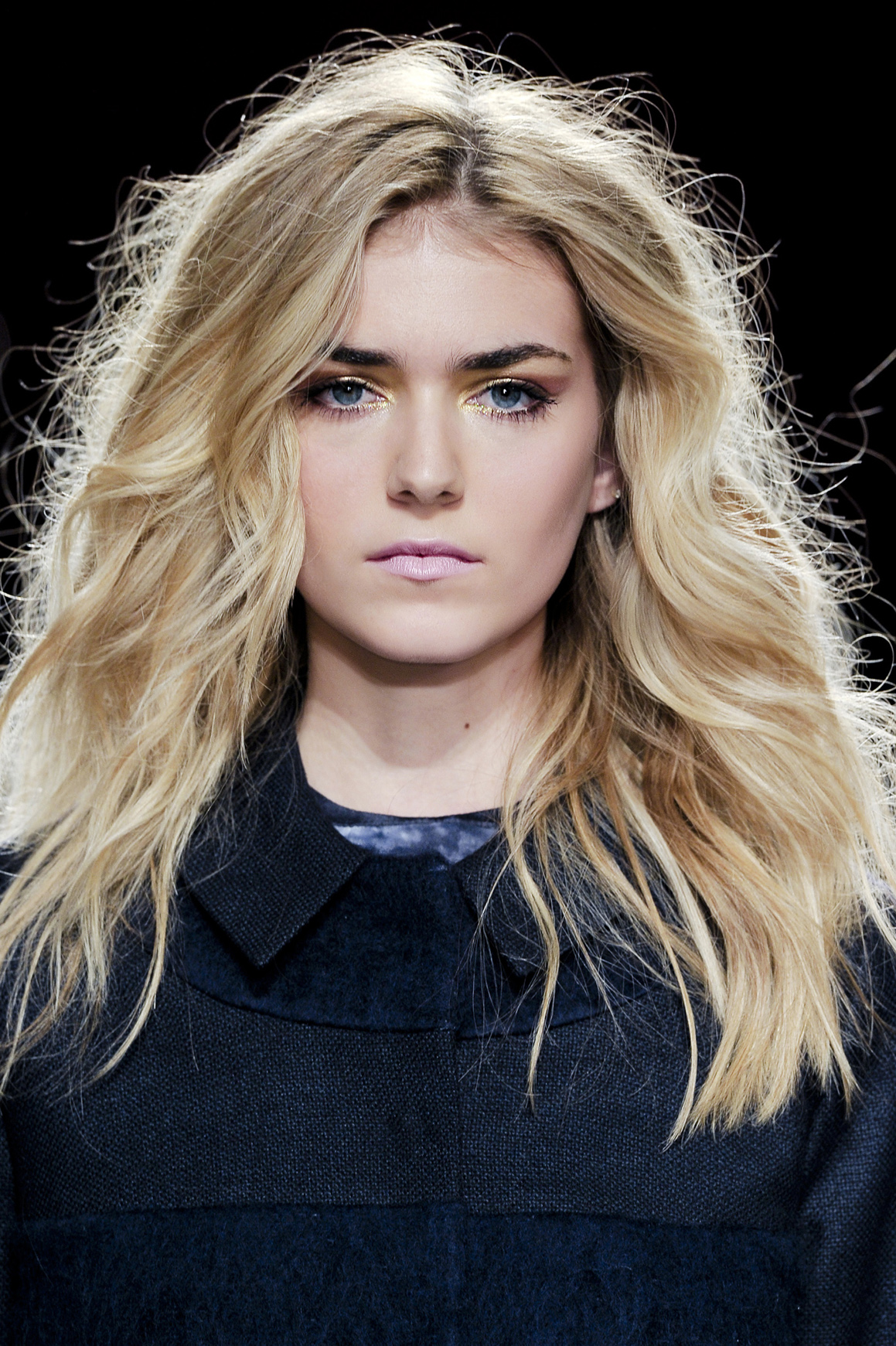By providing your information, you agree to our Terms of Use and our Privacy Policy. We use vendors that may also process your information to help provide our services. This site is protected by reCAPTCHA Enterprise and the Google Privacy Policy and Terms of Service apply.
The Pros and Cons of the Co-Wash: What Really Happens

She suggests using high quality conditioners like L’Oreal, Kerastase and water soluble styling products.
Brook also recommends using an anti dandruff conditioner like Green Apple by Head & Shoulders. “This will keep your scalp healthy and keep your hair smelling great.”
By providing your information, you agree to our Terms of Use and our Privacy Policy. We use vendors that may also process your information to help provide our services. This site is protected by reCAPTCHA Enterprise and the Google Privacy Policy and Terms of Service apply.



















